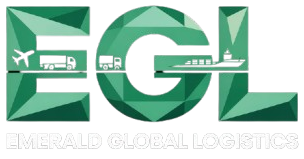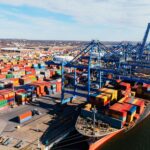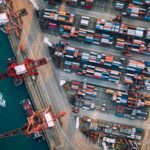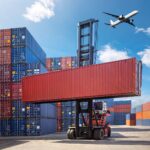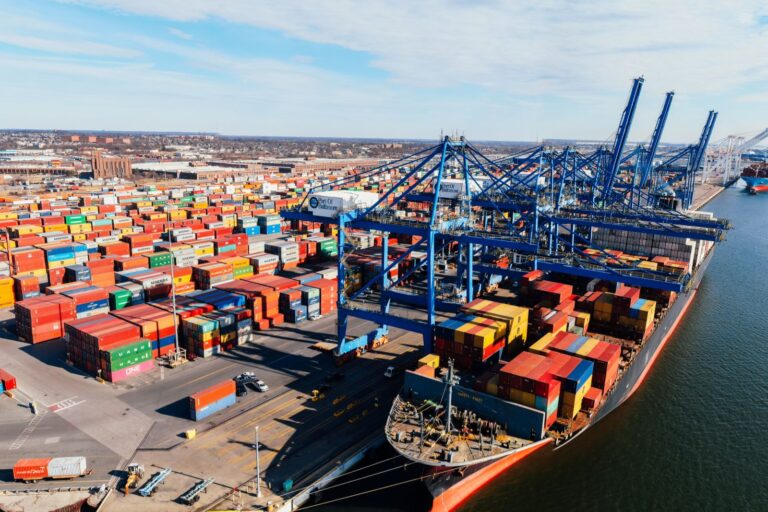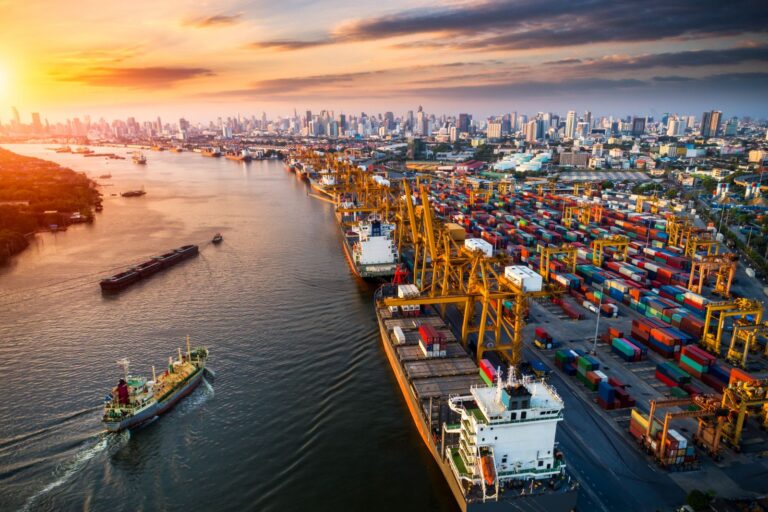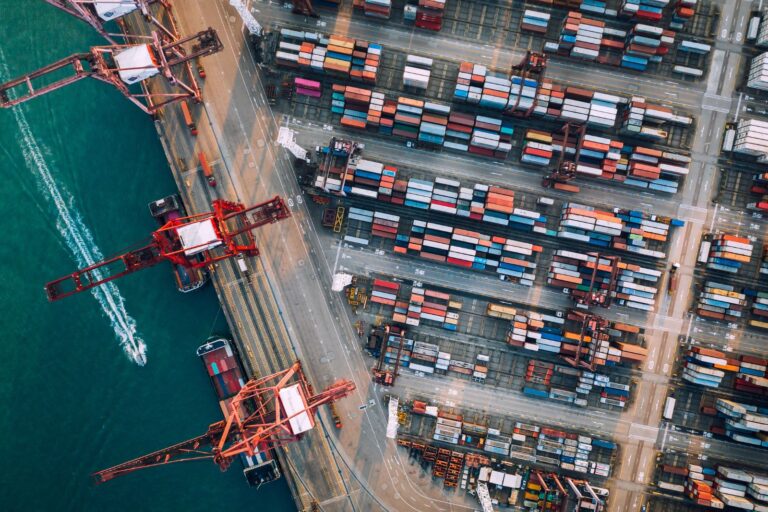Shipping goods internationally involves multiple risks, from accidents to cargo theft or damage. Protecting your goods through cargo insurance is essential, but understanding the cargo insurance claims process ensures you can recover losses efficiently if incidents occur.
This comprehensive guide explains how cargo insurance claims work, what steps are involved, and how businesses can navigate the process effectively. At EGL – Emerald Global Logistics, we provide tailored logistics solutions and guidance for Australian businesses, helping you safeguard shipments and manage claims with confidence. Whether you are a small importer/exporter or a large enterprise, understanding this process is crucial to maintaining smooth supply chain operations and minimising financial risk.
What is Cargo Insurance? (H2)
Definition and Overview (H3)
Cargo insurance protects goods during transit against loss, damage, or theft. It covers shipments transported by sea, air, road, or rail, providing financial security in case of unforeseen incidents.
Key points:
- Covers partial or total loss of cargo.
- Policies vary based on cargo type, route, and value.
- Essential for international and high-value shipments.
Benefits of Cargo Insurance (H3)
- Financial protection against shipping risks.
- Peace of mind for importers and exporters.
- Supports claims recovery in case of delays, theft, or damage.
Understanding the Cargo Insurance Claims Process (H2)
Step-by-Step Guide (H3)
- Report the Incident Immediately: Notify the insurer and shipping line as soon as damage or loss occurs.
- Document the Loss: Take photographs, record descriptions, and gather shipping documents like the bill of lading and packing list.
- File a Claim Form: Complete the insurer’s claim form accurately with all supporting documentation.
- Submit Supporting Evidence: Include invoices, proof of value, and inspection reports to strengthen your claim.
- Assessment and Inspection: The insurance company may appoint a surveyor to verify the damage or loss.
- Settlement: The insurer evaluates the claim and provides compensation based on the policy terms.
Important Considerations (H3)
- Timely reporting is critical to avoid claim rejection.
- Ensure documentation is accurate and complete.
- Understand policy limitations and exclusions before filing.
Costs and Pricing Insights (H2)
- Premiums: Cargo insurance premiums typically range from 0.3% to 2% of cargo value.
- Factors Affecting Costs: Cargo type, destination, transport mode, and risk exposure.
- Optimisation Tip: Consolidate shipments or use professional logistics providers to reduce premiums.
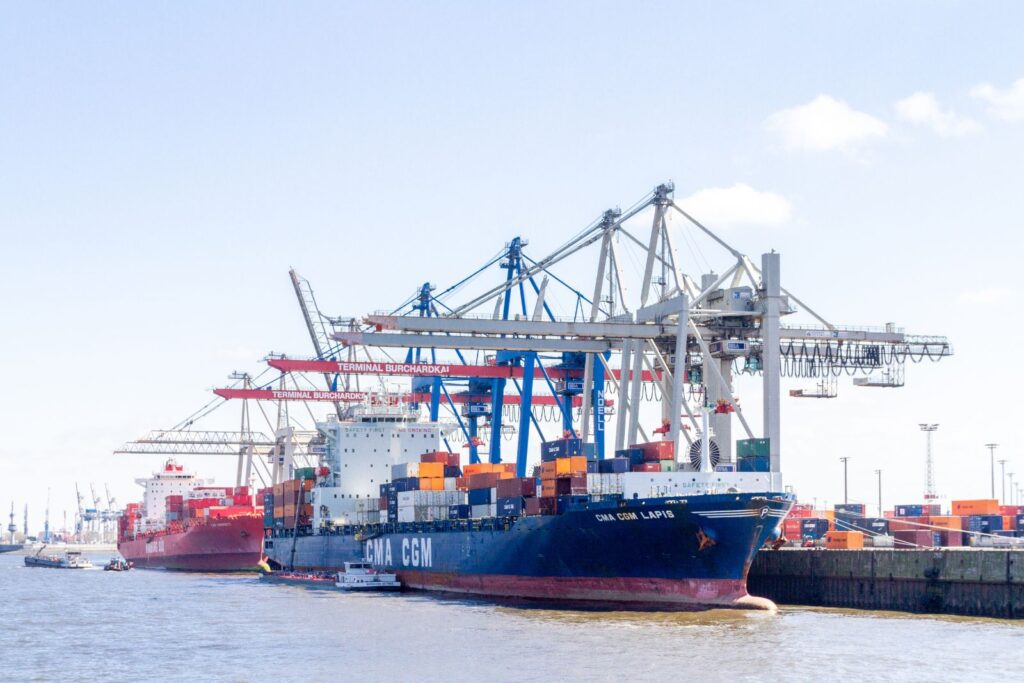
Tips & Best Practices for Smooth Claims (H2)
- Keep all shipping and purchase records organised.
- Inspect cargo immediately upon receipt.
- Engage professional logistics providers like EGL – Emerald Global Logistics for support.
- Understand your insurance policy thoroughly.
- Maintain clear communication with insurers during the claims process.
Common Mistakes to Avoid (H2)
- Delaying the reporting of incidents.
- Submitting incomplete or inaccurate documentation.
- Ignoring policy exclusions and terms.
- Failing to work with experienced logistics and insurance partners.
- Not following up promptly on claim status.
Use Cases & Examples (H2)
Case 1: A Melbourne-based importer experienced partial damage to electronics during sea freight. EGL assisted in documenting evidence and liaising with the insurer, resulting in a full claim settlement.
Case 2: An exporter in Sydney faced cargo theft during air freight. Timely reporting and professional support helped recover 85% of shipment value.
Case 3: A business implementing EGL’s cargo tracking system avoided delays in filing claims, saving thousands in potential losses.
FAQs (H2)
Q1: How long does a cargo insurance claim take?
A1: Typically, claims are processed within 2–8 weeks, depending on documentation and assessment.
Q2: What documents are needed for a claim?
A2: Bill of lading, invoice, packing list, photographs, and inspection reports.
Q3: Can all cargo be insured?
A3: Most cargo can be insured, but some high-risk items may have special terms or exclusions.
Q4: Who manages the claims process?
A4: The insurer handles the assessment, but logistics experts like EGL can assist in documentation and communication.
Q5: Are there limits to coverage?
A5: Yes, coverage depends on policy terms, exclusions, and declared cargo value.
Conclusion & Call-to-Action (H2)
Understanding the cargo insurance claims process is vital for protecting shipments and minimising financial risk. Timely reporting, accurate documentation, and professional support are key to a smooth claims experience.
If you’re ready to secure your shipments and streamline the claims process, contact EGL today for expert guidance: Contact Us.
Learn more about our services at Home and our company background on About Us.
